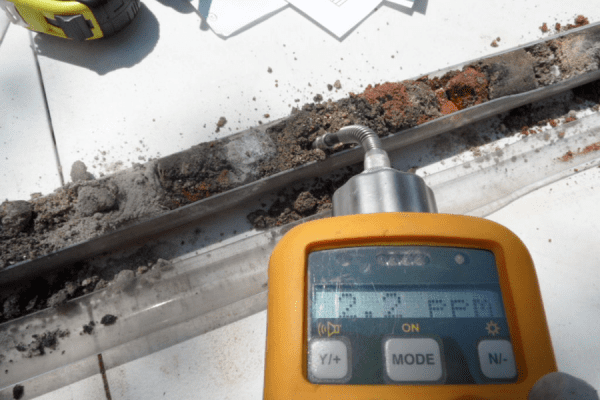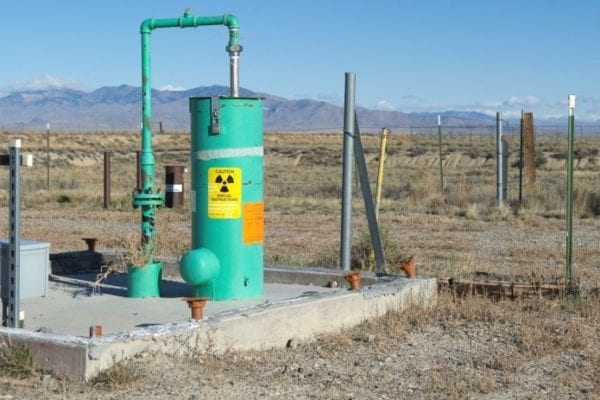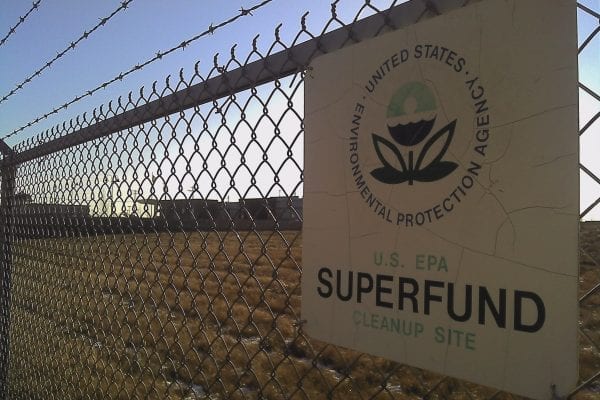Five billion dollars. That’s the number the Environmental Protection Agency (EPA) says it collected in criminal fines and civil penalties for violations of federal environmental guidelines in 2018. In addition, more than $1.2 billion was committed by private firms to clean up contaminated sites, while prison terms for violations of environmental violations increased from previous years.
What this means for property owners, managers, and employers is that you can’t afford not to understand environmental compliance. If you’re not 100% confident that all of your sites are 100% in compliance, read on to find out how to get there.
What Is Environmental Compliance?
Environmental compliance is both very simple and potentially complex. In basic terms, environmental compliance means meeting the requirements of laws, regulations, and codes designed to protect the environment.
In practical terms, it means doing your environmental due diligence to ensure you don’t fall afoul of regulations, setting up policies, cleaning up contamination, and managing programs to ensure ongoing compliance.
The reason environmental compliance is complex is that it involves complying with an enormous range of requirements at every level of government. You must understand not only federal EPA regulations that apply to your property, your business, and your activities, but also regulations that apply specifically to your city, county, and state. Regulations can also be specific to a region, a geographic feature of a specific property, proximity to other geographic features, and many other factors.
How Can You Ensure Environmental Compliance On Your Sites?
With so much complexity involved in environmental compliance, it’s no surprise that the EPA collects fines and penalties every year from those who failed to meet regulations. But that doesn’t mean you want to be among them. Here’s what organizations like yours can do to ensure you remain in compliance with environmental regulations.
1. Understand Your Environmental Compliance Needs
Environmental compliance starts with an assessment of each of your properties and facilities, as well as any properties you consider purchasing. Some industries, such as mining and manufacturing, have to meet more stringent requirements than others, and some areas of the country are more strictly regulated than others. It’s a good idea to hire someone with deep knowledge to help you understand which regulations apply to you.
2. Assess Your Properties and Facilities for Environmental Compliance
If you’re considering a property purchase, it’s a good idea, and may be required by your lender, to conduct a Phase I Environmental Site Assessment. This will help you understand and mitigate environmental risks and requirements pertinent to that specific property.
For existing properties and facilities, hire a professional to assess compliance with site regulations, industry regulations, and indoor environmental regulations to identify any potential problem areas.
3. Develop an Environmental Compliance Plan
With your environmental consultant and the leadership of your company, develop a plan to address any areas of need, including any problems identified in the assessment, and also any areas that are already being addressed.
Your plan should include any immediate remediation requirements as well as programs to continually assess and maintain environmental compliance.
4. Proactively Execute on Your Environmental Compliance Plan
Don’t wait for the EPA to come knocking on your doors. It’s much cheaper and simpler to get ahead of compliance issues by executing on your environmental compliance plan proactively. Depending on the size of your organization and the complexity of your plan, you may need to hire or appoint an officer to be in charge of executing and maintaining the plan, or you may be able to outsource most of the work to an experienced firm like GLE.
We would love to be your partner in environmental compliance. We have been doing this work for 29 years, and our experienced environmental consultants are on call to answer your questions and help you get started. Contact us today.






